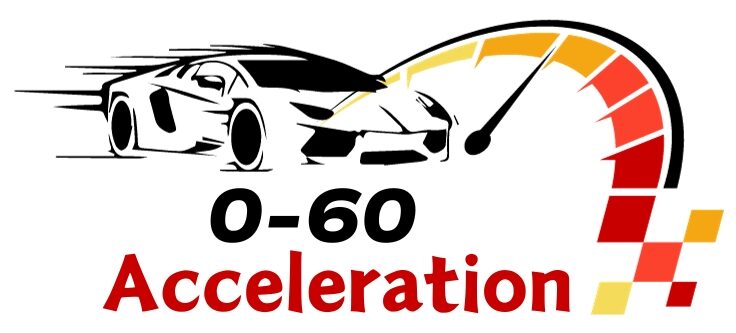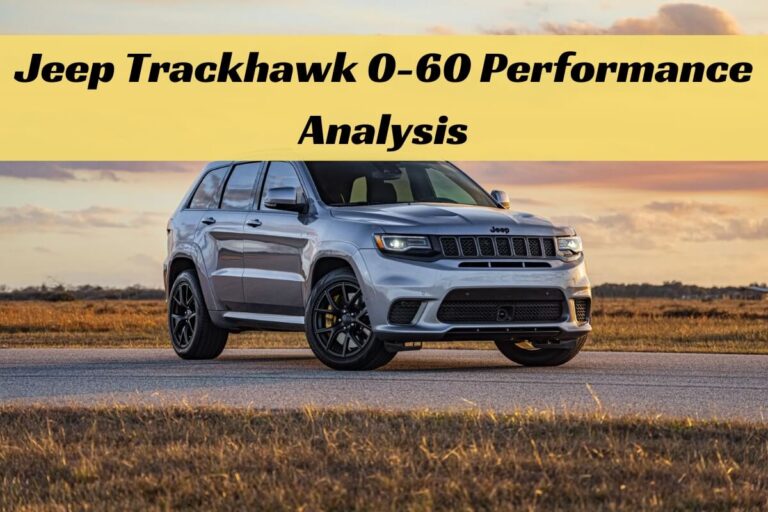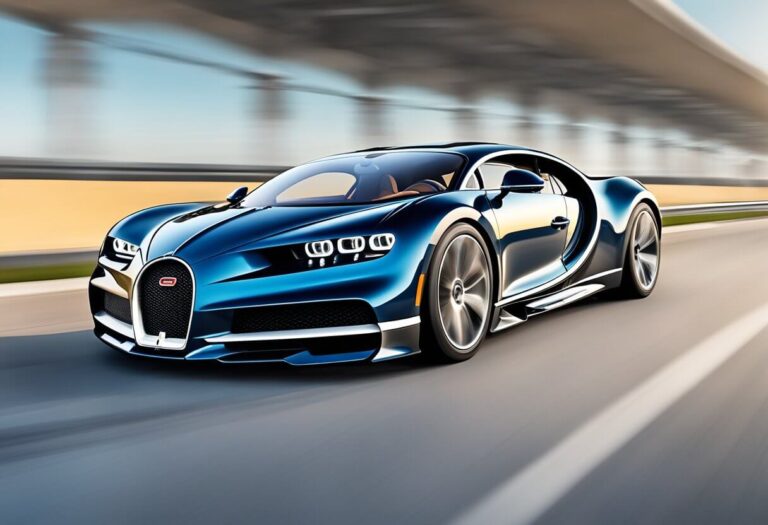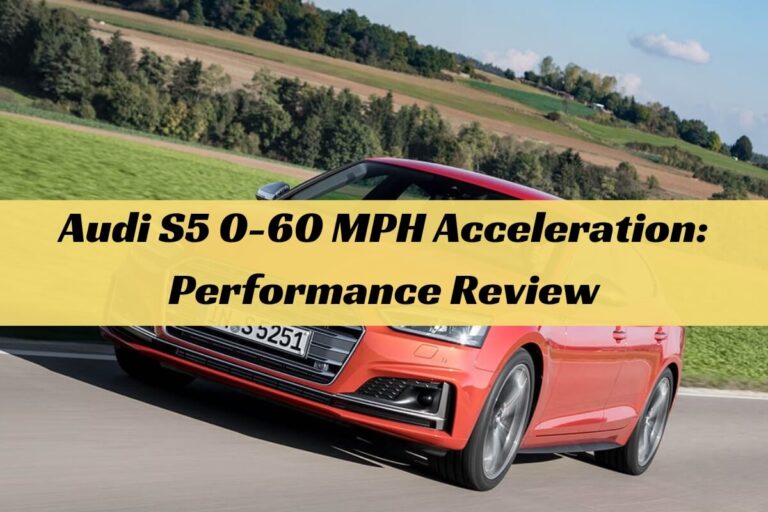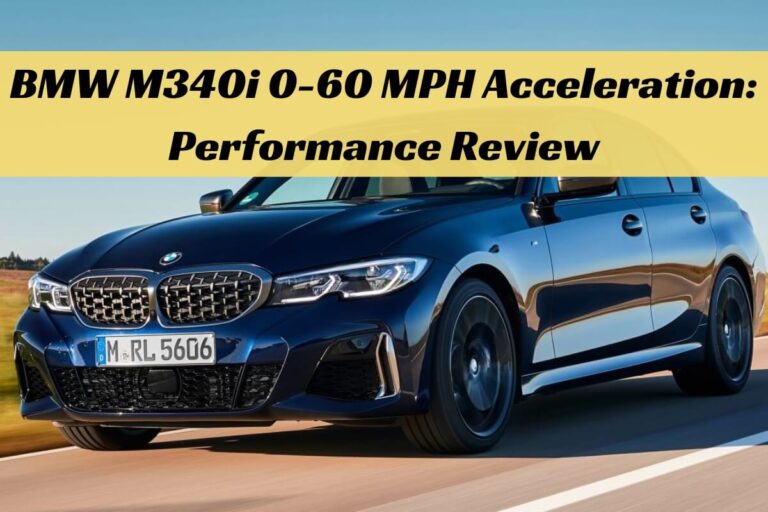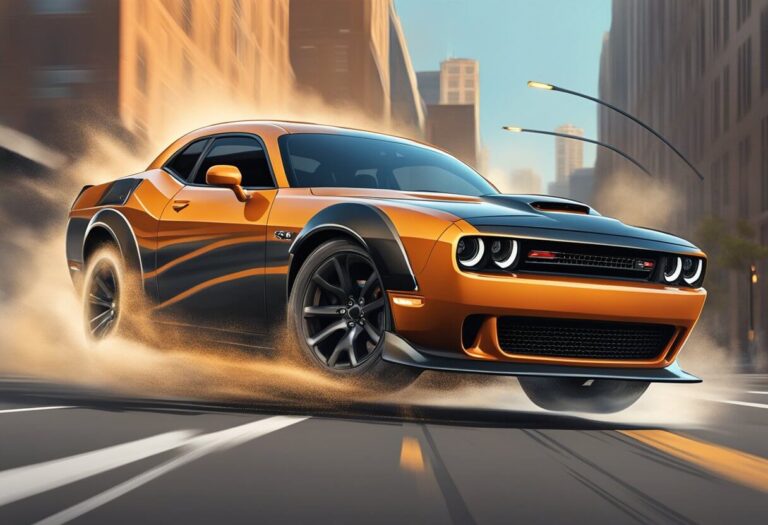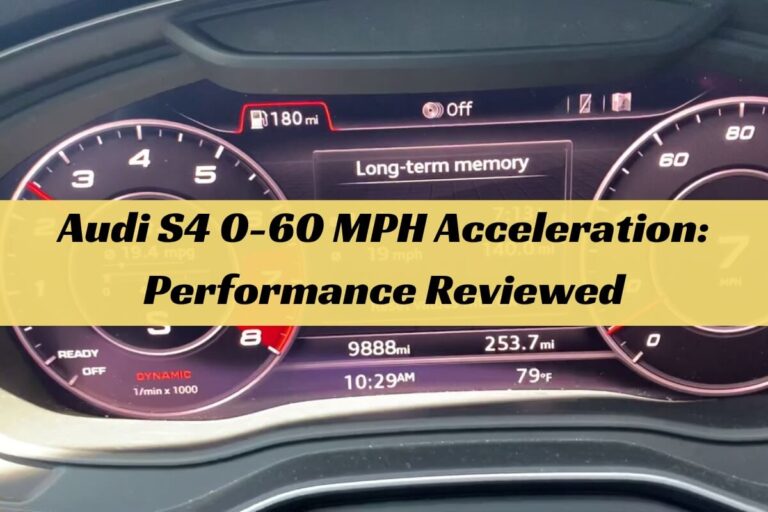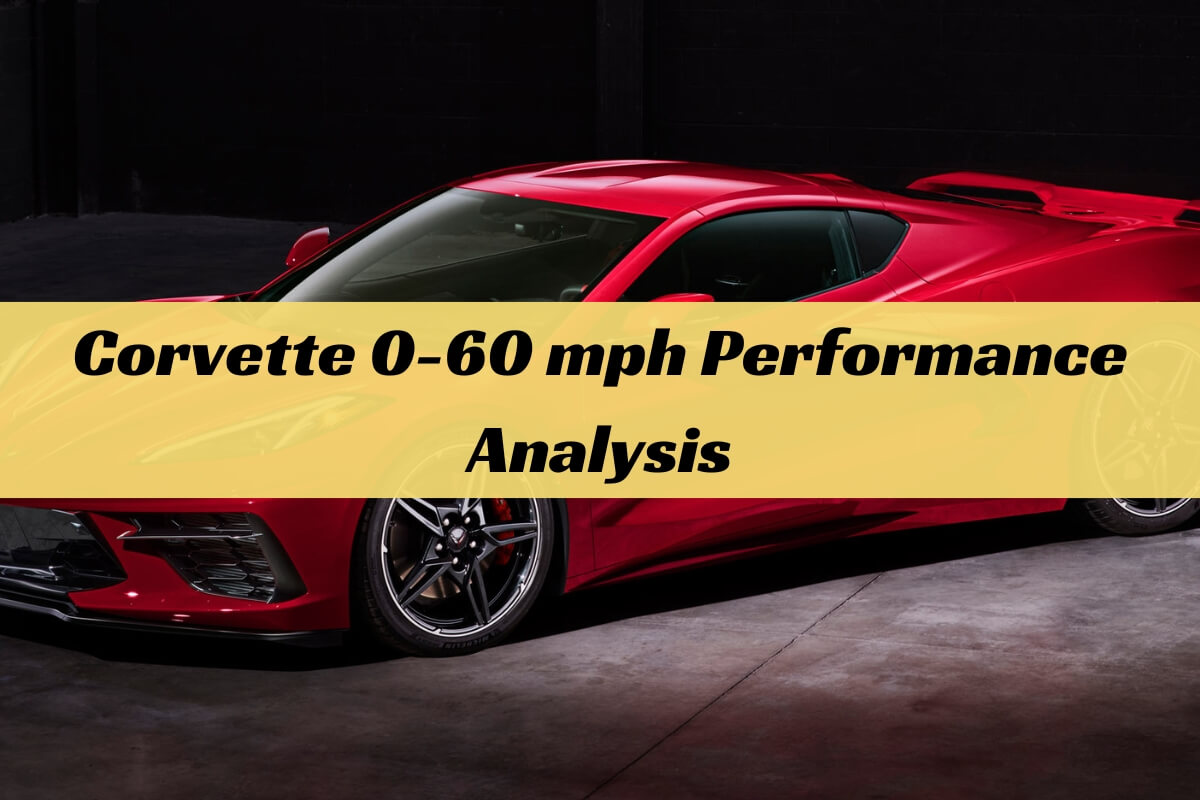
When it comes to pure, straight-line acceleration, few cars can match the thrill of the legendary Chevrolet Corvette. For decades, this iconic American sports car has been pushing the boundaries of what’s possible in affordable yet utterly exhilarating performance. The latest C8 generation continues this tradition, delivering blistering 0-60 mph times that rival (and often beat) some of the most exotic supercars on the planet.
Whether you’re a die-hard Corvette enthusiast or simply a fan of mind-bending speed, the 0-60 mph acceleration figures of modern ‘Vettes are sure to leave you breathless. The 2023 Stingray, for instance, can rocket from a standstill to 60 mph in just 2.9 seconds. Step up to the track-focused Z06 model, and that figure drops to an incredible 2.6 seconds. Even the upcoming hybrid 2024 E-Ray can achieve the 0-60 mph sprint in a mere 2.5 seconds when launch control is engaged.
So what’s the secret behind these physics-defying numbers? And just how do Corvettes stack up against the competition when it comes to pure acceleration performance? In this comprehensive review, we’ll dive deep into the world of Corvette 0-60 mph times, exploring the cutting-edge technologies, owner experiences, and key considerations that every performance enthusiast should know.
Chevrolet Corvette Lineup and Pricing
Before we get into the nitty-gritty of acceleration stats, let’s quickly go over the current Corvette lineup and pricing. The 2024 Stingray serves as the base model, with a starting MSRP of around $68,300 for the coupe and $75,300 for the convertible. From there, things get increasingly more performance-focused (and expensive).
The 2024 Corvette Z06 sits at the top of the range, commanding a starting price of $110,100. This track-bred beast is powered by a 670-horsepower 5.5-liter flat-plane crank V8 engine, which we’ll discuss in more detail later. Slotting between the Stingray and Z06 is the all-new 2024 E-Ray, Chevy’s first-ever hybrid Corvette. With a combined 655 horsepower from its V8 and electric motors, the E-Ray starts at a cool $104,900.
Corvette 0-60 mph Times and Quarter Mile Performance
Now, let’s get to the heart of the matter: just how quick are these Corvettes in a straight line? Here’s a quick rundown of the officially quoted 0-60 mph and quarter-mile times for recent and upcoming models:
2023 Corvette Stingray
- 0-60 mph: 2.9 seconds
- Quarter mile: 11.2 seconds @ 122 mph
2023 Corvette Stingray (with Z51 Performance Package)
- 0-60 mph: 2.8 seconds
2024 Corvette E-Ray
- 0-60 mph: 2.5 seconds (with launch control)
- Under 3 seconds (without launch control)
2024 Corvette Z06
- 0-60 mph: 2.6 seconds
- Quarter mile: 10.6 seconds @ 130 mph
As you can see, even the “base” Stingray is a certified rocket ship, capable of outgunning some of the finest sports cars and muscle cars from just a decade ago. The Z06 and E-Ray take things to an entirely new level, with acceleration times that put them in the same rarified air as million-dollar hypercars.
To give you some context, here are a few 0-60 mph times from iconic Corvette models of yesteryear:
- 1953-54 Corvette: 11.0 seconds
- 1975 C3 Base Corvette: 7.7 seconds
- 1980 C3 Corvette (California emissions): 7.3 seconds
- C6 Corvette (2005-2013): 4.1 seconds
- C7 Stingray (2014-2019): 3.8 seconds
The progress is staggering. What took early Corvettes over 11 painful seconds to achieve, modern examples can do in less than 3 seconds – a true testament to the relentless pursuit of performance at Chevrolet.
| Model | 0-60 mph | Quarter Mile |
|---|---|---|
| 2023 Corvette Stingray | 2.9 sec | 11.2 sec @ 122 mph |
| 2023 Stingray (Z51) | 2.8 sec | – |
| 2024 Corvette E-Ray | 2.5 sec (w/ launch) | – |
| 2024 Corvette Z06 | 2.6 sec | 10.6 sec @ 130 mph |
What Determines a Corvette’s Acceleration?
Blistering 0-60 mph and quarter-mile times don’t just happen by chance. They’re the result of careful engineering and a confluence of cutting-edge technologies working in perfect harmony. So, what exactly goes into making a Corvette accelerate like a rocket sled?
Engine Output and Gearing
First and foremost, it all starts with good old-fashioned horsepower and torque. The latest Corvette models are powered by variations of Chevrolet’s iconic small-block V8 engine, with displacements ranging from 6.2 liters (Stingray) to 5.5 liters (Z06’s flat-plane crank unit).
The 2023 Stingray’s 6.2L V8, for instance, churns out a healthy 495 horsepower and 470 lb-ft of torque. But it’s the Z06’s 670-horsepower 5.5L mill that really steals the show, making it the most powerful naturally-aspirated V8 ever offered in a production Corvette.
Of course, raw power is only half the equation. How that power is delivered to the wheels – via the transmission and final drive ratios – also plays a crucial role in acceleration performance. All modern Corvettes employ a lightning-quick 8-speed dual-clutch transmission, which fires off shift commands faster than any human could manage.
Traction and Launch Control
With so much power on tap, putting it all down to the pavement can be a challenge – especially when launching from a standstill. This is where technologies like launch control and advanced traction management systems come into play.
Launch control essentially calibrates the engine’s output, traction control intervention, and transmission behavior to ensure optimal wheelspin and acceleration from a dead stop. Engaging this mode is as simple as pressing a button, then mashing the throttle to the floor and releasing the brake pedal.
Complementing launch control is a host of electronic traction aids, which continually monitor wheel slip and apportion power accordingly for maximum forward thrust. The latest magnetic ride control and eLSD (electronic limited-slip differential) systems take this a step further, providing ultra-precise traction management for blistering launch after launch.
Aerodynamics and Weight
While brute force is important, aerodynamics and weight also factor heavily into a car’s acceleration capabilities. The mid-engine layout of the C8 Corvette generation gives it a distinct advantage here, with most of the mass concentrated between the axles for improved weight transfer and traction.
The sleek, low-slung body design also helps slice through the air more efficiently, minimizing drag at higher speeds. Strategic use of lightweight materials like carbon fiber helps keep curb weight in check as well.
So in essence, it’s the perfect storm of massive power, optimized gearing, cutting-edge traction technologies, and an aerodynamic, well-balanced chassis that allows modern Corvettes to achieve their mind-boggling acceleration times.
Corvette Acceleration from the Owners’ Perspective
But what’s it actually like to experience that acceleration first-hand? To find out, we turn to the words of actual Corvette owners and automotive journalists who’ve had the pleasure (or terror) of putting the pedal to the metal in these fearsome machines.
The overwhelming consensus? Absolutely bonkers. Brutal, even. Many reviews cite a near-total disregard for the laws of physics, with the Corvette’s acceleration seeming to defy logic and common sense. Words like “gut-punch,” “neck-snapping,” and “breathtaking” are commonplace.
Take this excerpt from a Motor Trend review of the 2023 Z06: “Mash the throttle, and the acceleration is so violently rapid that your vision blurs for a moment… It’s the sort of straightline ferocity that makes your brain short-circuit as you wonder how anything moving so quickly can remain shiny side up.”
Owners sing a similar tune, with many expressing a mix of exhilaration and outright terror at the sheer thrust on tap. “The acceleration is mind-bending, almost too much for a street car,” writes one Corvette Forum member. “You really have to brace yourself and hold on tight when you mat the gas.”
Of course, not all owner experiences are quite so intense. Some reviewers appreciate the accessibility and user-friendliness of the Corvette’s performance, lauding Chevy engineers for making it relatively easy to harness all that power in a controlled, predictable manner.
“For all its crazy accelerative capabilities, the C8 is also remarkably easy to drive fast,” notes one Edmunds evaluation. “The traction is immense, and you never feel like the car is going to snap loose or overwhelm you.”
Negative points seem few and far between, though some owners do mention the occasional harsh downshift from the dual-clutch transmission or the struggle to keep the rear tires planted when punching it from lower speeds. But in general, most Corvette pilots seem to revel in the car’s incredible straight-line prowess.
As one enthusiastic owner succinctly puts it: “Drop the hammer, and this beast just takes off like an absolute rocket ship – an experience that never, ever gets old.”
How the Corvette Stacks Up Against the Competition
So we know the Corvette is a ferocious accelerator, but how does it stack up against some of its key rivals in the sports car and supercar realms? To find out, let’s pit it against a few notable competitors and see how the numbers compare.
One of the Corvette’s most natural foes is the venerable Porsche 911, long considered the benchmark sports car against which all others are measured. In its range-topping 911 Turbo S guise, the current 992-generation model can hit 60 mph in a very spry 2.6 seconds. That’s essentially a dead heat with the C8 Corvette Z06 – an impressive showing from the German icon.
However, the 911 Turbo S does hold a slight advantage in the quarter-mile, with its 10.5-second time edging out the Z06’s 10.6-second pass. And when you factor in the Porsche’s $218,000 starting price (nearly double that of the Z06), the value proposition of the Corvette becomes abundantly clear.
Switching over to the domestic side of the rivalry, long-time sparring partner Ford has a new challenger in the form of the Mustang Shelby GT500. With 760 supercharged V8 horses at its disposal, this top-dog ‘Stang can achieve a 0-60 mph time of 3.3 seconds – just a tick behind the base Corvette Stingray. The quarter-mile gap widens further, though, with the GT500’s 11-second pass falling short of the Stingray’s 11.2-second time.
For a closer competitive set, we might look to some of Europe’s finest mid-engine exotic cars. The Ferrari F8 Tributo, for instance, cracks the 60 mph barrier in a scant 2.9 seconds – virtually tied with the Stingray. Meanwhile, the sensational McLaren 720S demolishes the quarter-mile in just 10.1 seconds, making it one of the few production vehicles that can outgun the Z06 in that metric.
Of course, both the Ferrari and McLaren exist in an entirely different pricing stratosphere, commanding well over $300,000 at current rates. For the performance you get, the Corvette lineup is increasingly becoming an absolute steal.
Unlocking Even More Performance
For some performance junkies, even the earth-scorching factory acceleration of the latest Corvette models won’t be enough to satisfy their need for speed. That’s where the world of aftermarket modifications comes into play, with a vast array of upgrades available to extract even more performance from Chevy’s legendary sports car.
Let’s start with the most obvious path: engine tuning and forced induction. While the Stingray and Z06 engines are monstrous performers right out of the box, some careful ECU tuning and mild upgrades like cold air intakes can liberate additional power rather easily. Bolt on a suitably sized supercharger or twin-turbo setup, and you’re looking at Corvette outputs in excess of 800 horsepower.
Of course, with that much power comes the need for a sturdier driveline. Upgrading to a heavy-duty clutch pack or even a full manual transmission conversion can help get all those ponies to the pavement in one piece. Stronger driveshafts and axles are also worthwhile investments for truly extreme power builds.
On the suspension side, swapping out those factory shocks and springs for adjustable coilover kits can aid traction off the line by resisting chassis lift and improving weight transfer. Sticky drag radials or slicks designed for maximum straight-line hookup are another must for serious acceleration junkies.
Some owners even go so far as to strip out excessive sound deadening material and install lightweight seats, brakes, wheels, and body panels – all in the name of reducing every last ounce of parasitic weight. When chasing tenths in the quarter-mile, every gram counts.
Of course, not everyone needs to take things to such an extreme. Even modest bolt-on mods like high-flow exhaust systems and tune can shave vital fractions off your Corvette’s 0-60 and quarter-mile times while adding some delicious intake and exhaust rumble to boot.
Pros and Cons of Corvette’s Straight-Line Performance
By now, it should be clear that Corvettes offer absolutely scintillating straight-line performance, with acceleration figures that put many exotic supercars to shame. But as with any high-performance vehicle, there are bound to be some pros and cons to wrestling all that muscle on a daily basis.
On the pro side, the sheer exhilaration and adrenaline rush of tapping into that fearsome thrust is simply unmatched. Few cars at any price point can deliver the same visceral thrills and eye-widening velocities as a Corvette when you put the hammer down. It’s an experience that never, ever gets old for true speed junkies.
The affordability aspect is another major advantage, at least compared to similarly quick ultra-high-end metal. Even the range-topping Z06 commands less than half the price of many exotic competitors, yet offers acceleration that’s just as ferocious (if not more so). For those seeking maximum bang for their performance buck, Corvettes are increasingly becoming the obvious choice.
However, there are some practical drawbacks to consider as well. For one, exercising your Corvette’s full straight-line potential requires finding extremely safe, controlled environments – something that can be tricky in the real world outside of dedicated race tracks or drag strips. An unwitting stab of the go-pedal at the wrong time could have disastrous (and potentially illegal) consequences.
There’s also the elephant in the room that is the Corvette’s generally firm, uncompromising ride quality – a necessary trade-off to achieve such scintillating performance from the chassis and suspension. While tech like magnetic ride control helps mitigate things somewhat, driving a Corvette aggressively on anything other than glass-smooth tarmac can be a bone-jarring experience.
Running costs are another consideration, with consumables like tires, brakes, and high-octane fuel burning up rather quickly if you truly take advantage of the car’s explosive performance on a regular basis. Maintenance and repair costs can add up over time as well, especially if you’re frequently pushing the Corvette to its limits on the track or at the drag strip.
At the end of the day, the Corvette’s otherworldly straight-line capabilities come at a price – both in terms of practicality for everyday driving and long-term ownership expenses. But for many enthusiasts, the trade-offs are well worth it to experience the thrill of world-class acceleration at a relatively affordable price point.
Alternative Vehicles for Serious Speed
Of course, as exceptional as the Corvette’s performance may be, it’s not the only game in town when it comes to serious straight-line thrills. If outright acceleration is your top priority, there are a handful of other vehicles worth considering across various budgets and performance targets.
On the affordable end of the spectrum, domestic muscle cars like the Dodge Challenger Hellcat and its ilk can give the Corvette a run for its money off the line. With 707 supercharged horses and a stout driveline, the Hellcat can blast to 60 mph in the low 3-second range while trapping over 180 mph in the quarter mile – all for around $65,000.
For those seeking an even more budget-friendly thrill, the latest Mustang Shelby GT500 also warrants a look. Its supercharged 5.2L V8 may “only” produce 760 hp, but that’s still enough muscle to hit 60 mph in 3.3 seconds (per Motor Trend testing) for just over $70,000.
Heading up the price ladder brings us to some truly exotic machinery aimed squarely at the Z06’s performance envelope. The $212,000 McLaren 600LT, for instance, can rip off a blistering 2.8-second 0-60 mph time and clear the quarter mile in 10.5 seconds at nearly 135 mph. Straight-line heroes like the Porsche 911 Turbo S and Ferrari F8 Tributo also comfortably outperform the Stingray while occupying a similar pricing bracket as the Z06.
If money is no object and you crave the ultimate in absurd acceleration, the world of all-electric hypercars offers some staggering options. The Rimac Nevera, for example, is said to obliterate the 0-60 mph sprint in just 1.85 bone-crushing seconds. Even vehicles like the Tesla Model S Plaid and Lucid Air can give you Veyron-beating thrust off the line for a fraction of the cost.
Ultimately, while the Corvette provides scintillating performance per dollar, the options are truly limitless for those who prioritize face-warping straight-line pace above all else. From lusty American muscle to cutting-edge electric powertrains, there’s an acceleration fix for every budget and desire.
